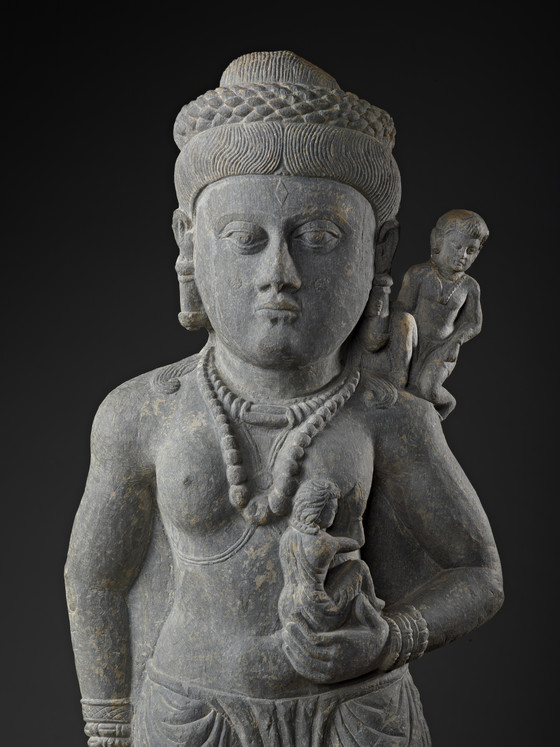The Buddhist Goddess Hariti with Her Children





Please log in to add this item to your gallery.
View comments
No comments have been posted yet.
Add a comment
Please log in to add comments.
Please log in to add tags.
* Nearly 20,000 images of artworks the museum believes to be in the public domain are available to download on this site.
Other images may be protected by copyright and other intellectual property rights.
By using any of these images you agree to LACMA's Terms of Use.
The Buddhist Goddess Hariti with Her Children
Pakistan, Swat Valley, Butkara I area, Gandhara region, circa 1st century BCE
Sculpture
Foliated gray phyllite
43 1/2 x 14 x 6 in. (110.49 x 35.56 x 15.24 cm)
Gift of Mr. and Mrs. Harry Lenart (M.78.105)
Not currently on public view


